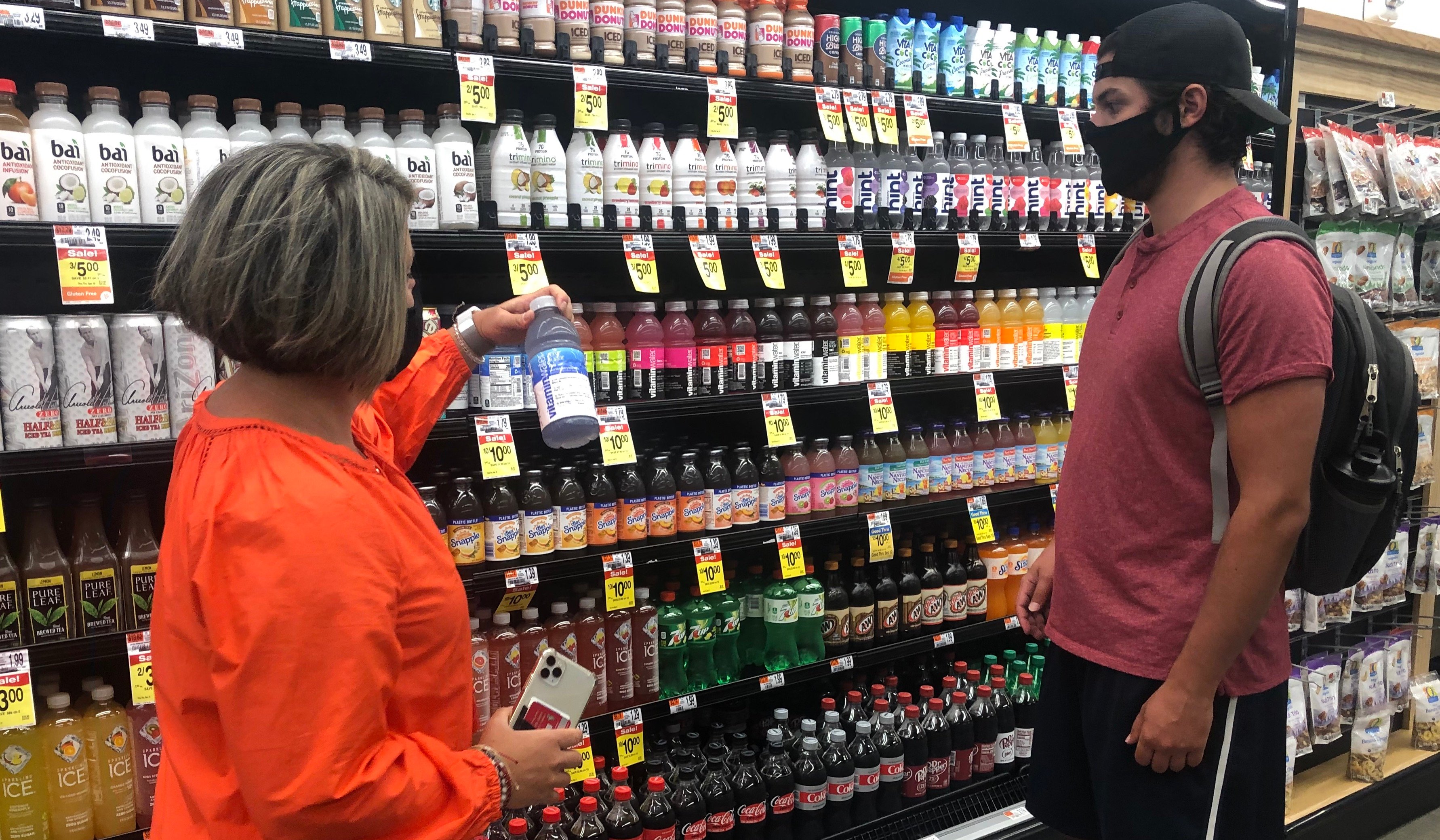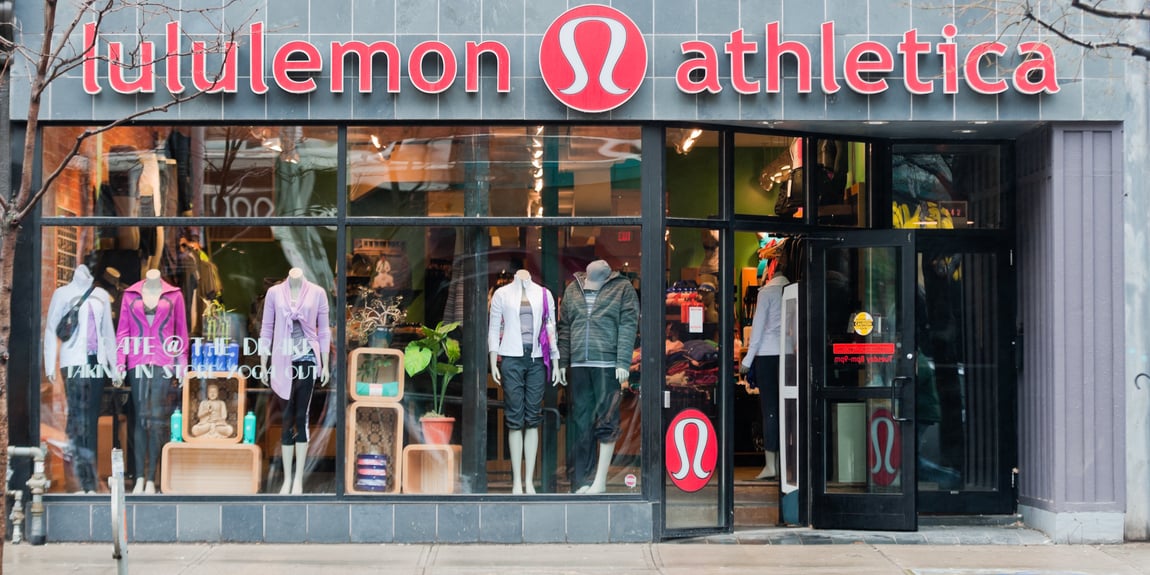Everyone has been watching with almost voyeuristic interest the ways that brick-and-mortar retailers are competing with ecommerce companies. Target announced new services that help make the shopping experience as frictionless as possible, while Sam’s Club is focusing on delivering better customer experiences, highlighting efficient and fun shopping.
But, what about the flip side of that coin? “Pureplay” online brands are now moving into physical retail, selling through existing retailers or opening their own stores.
Everlane is just one of the many online-first companies running pop up shops or searching for brick and mortar properties – others include brands like Warby Parker, thredUP, Allbirds, Glossier, Outdoor Voices, Reformation, Brandless, Away, and Casper. According to some estimates, these digitally native brands have increased their retail space tenfold over the past five years.
Everlane CEO Michael Preysman explained, “Our customers tell us all the time that they want to touch a product before they buy it. We realized we need to have stores if we’re going to grow on a national and global scale.”
Why are these brands turning to brick and mortar? Perhaps unsurprisingly, many of them cite a desire to invest in the powerful in-person customer experience. These brands are on the right track, but they’re also going to need some help if they really want to deliver the best possible shopping experience for consumers.
The Digitally Native Store Model
Stores opened by digitally native brands often share a few key characteristics. They tend to open up stores in busy urban areas, rather than suburban malls (already a thing of the past?). In tandem, the new stores boast smaller footprints, and are more “showroom style,” featuring one sample of a SKU that a consumer can touch and feel, then delivering the product to the customer’s door. More than anything, the stores are more than just a “store” – they’re becoming gathering places for brand enthusiasts, where fans can learn more about the brand’s products, experiment and immerse themselves in a brand experience.
Bonobos, for example, has opened up a number of “Guideshops” around the U.S., where shoppers get the one-on-one attention and education from brand associates that they desire. Guided by knowledgeable brand reps, shoppers experiment with different clothing styles and sizes before selecting products for home delivery – a truly hassle-free experience.
In some ways, this model mirrors trends we’ve already been seeing in physical retail. Brands and larger retailers are moving away from mega stores toward smaller-format, experiential, convenience-first stores. This is one way to localize and personalize the shopping experience, giving customers in each market exactly what they want.
In order to create that personalized experience, though, brands will need data – the kind of data they’re accustomed to having easy access to in the online arena. In-store retail is notoriously more opaque, which is why online-first brands will need to enlist the help of proven retail technology solutions.
Omnichannel Shopping Presents Opportunities and Challenges
Consumers have heightened shopping expectations in the era of omni-channel. Research from Accenture shows that 71% of shoppers expect to be able to view in-store inventory online, while 50% expect to buy online and pick up in-store. Digitally native brands are well-positioned to integrate digital channels into their physical stores, since they already have the online infrastructure and digital fluency needed.
Since digital brands’ infrastructures are built for digital shopping, though, they typically aren’t well-prepared to monitor and manage what’s happening in stores, which can lead to all sorts of in-store execution issues. Retail technology solutions help brands look inside stores and use data to reach their ultimate goal, here – continually improving the customer experience.
That’s an important lesson for all brands – not just the digitally native ones. It’s not good enough anymore for brands to leave the in-store experience up to chance, or up to the stores they sell in. All brands need to be involved in creating an engaging customer experience, and retail technology helps brands take the smartest, most effective steps toward achieving that goal.



